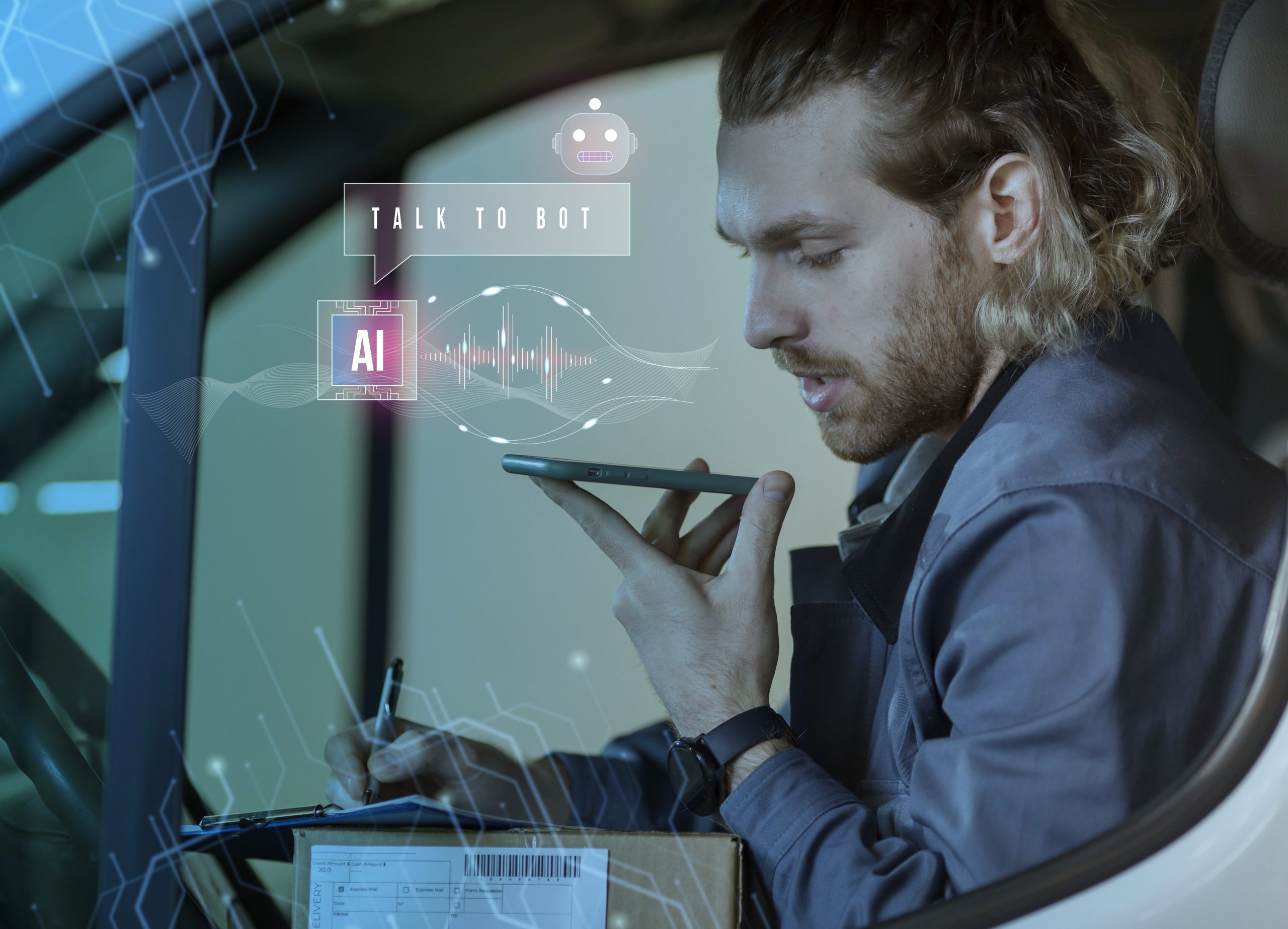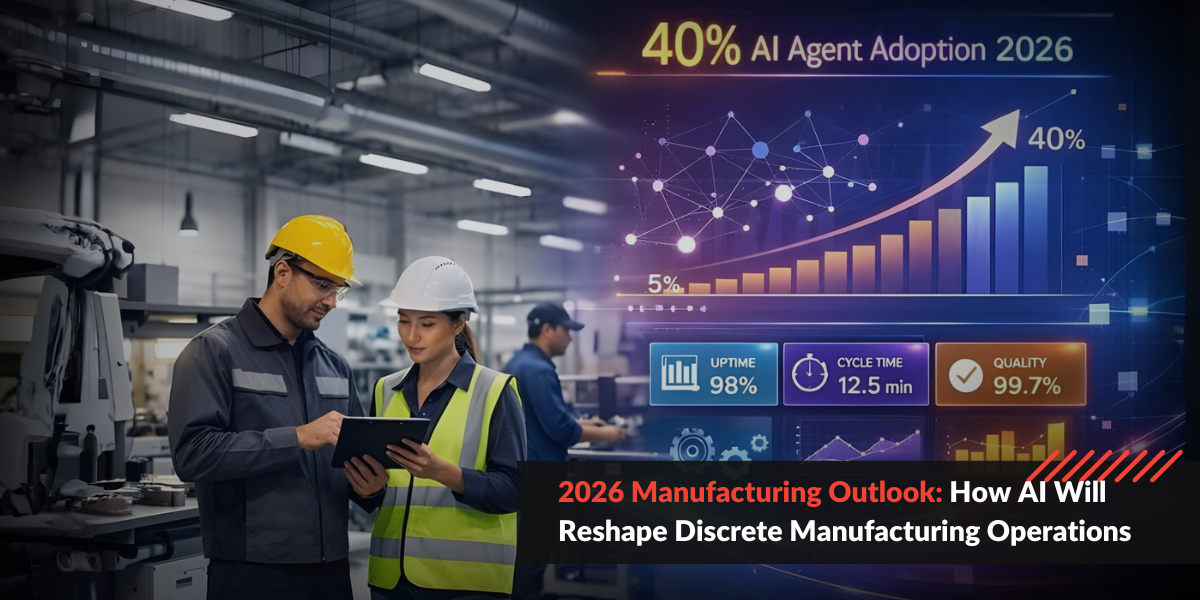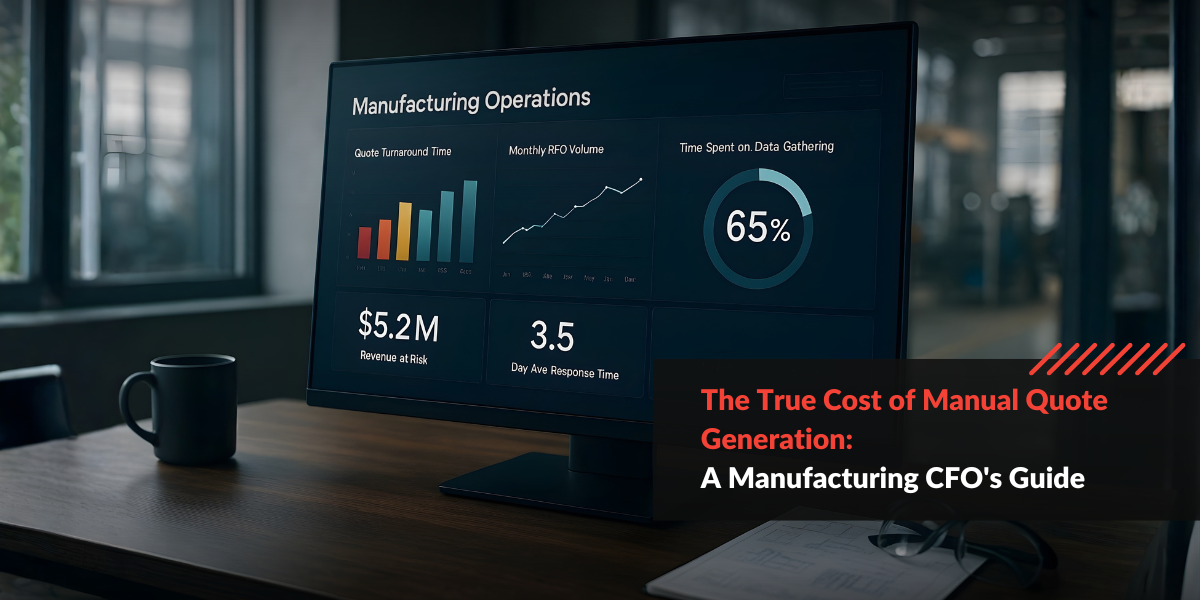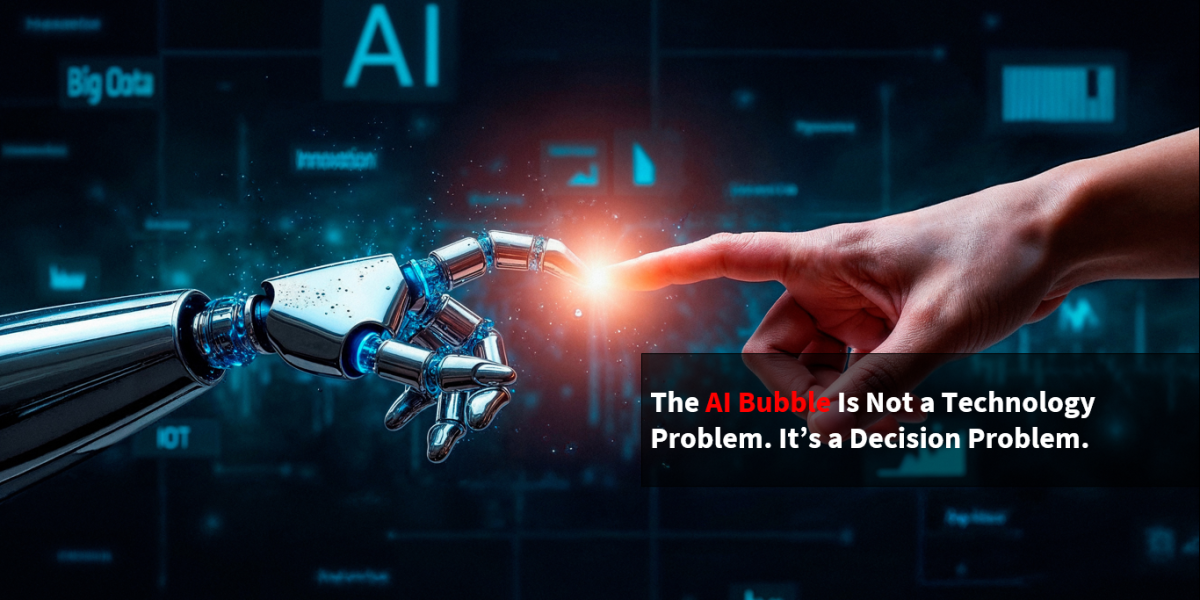The story of Artificial Intelligence transforming businesses is quite promising. However, most organizations are exploring narrow applications of AI, or restricting it to a single business process. Predictions state that AI will generate a revenue of $13 trillion in the coming decade, so it is the ideal time for companies to capitalize on AI technology.
Enterprise-wide adoption is key to digital transformation that future-proofs the business, yet only about 8% of firms have initiatives for AI adoption across the entire enterprise. Part of the reason for this is that AI initiatives can face immense cultural barriers. A successful enterprise-wide adoption of AI requires measures to break down these barriers.
Play the Long Game
Business leaders must understand that AI is a long-term game. While there is no immediate ROI, they payoff is massive in terms of future-proofing their business. It is important for leadership not to expect an instant ROI from AI, but to focus on rewiring the organization so that AI is adopted across the entire enterprise. This is not a purely technical endeavor. It requires a shift in mindset and organizational culture.
Measures For Successful AI Adoption
Leaders should explain the importance of AI for business to their employees. The fact that AI will augment their performance rather than deplete their roles should be clearly demonstrated. Organizations should have a long-term focus instead of expecting quick gains while implementing AI. Some measures for successful adoption of AI are:
1. Educate & create buy-in
Organizations need to conduct training sessions and workshops to educate the stakeholders right from the top management to the employees. As AI transformation takes considerable amount of time, leaders should encourage the stakeholders on a continuous basis to keep up with the momentum of AI transformation.
2. Governing body
Set up a governing body comprising of business, IT, and analytics leaders and task-based execution teams. This is instrumental in overseeing and executing the various activities across departments during AI implementation.
3. Use metrics & incentivize adoption
A scorecard showcasing the performance metrics for all the relevant individuals associated with the AI implementation will aid in balancing goals of both the analytics and business teams. A comparative study of the impacts of decisions taken with and without AI will further bolster the confidence of the employees in using AI. Finally, inspire employees with rewards and incentives for their significant contributions during AI transformation.
4. Flexible approach
When an organization attempts enterprise-wide AI adoption, it will naturally involve a few obstacles and occasional errors. Successful adoption requires a flexible attitude rather than a rigid expectation of the application to have every feature in perfect condition right at the beginning. There needs to be openness to testing and improving applications. This perspective is crucial so that errors are seen as opportunities for improvement, so AI applications that are being developed and implemented can be modified in iterations.
Transformation of the Organization
The road to AI adoption will lead to an organizational transformation both in mindset and processes. Some of the major changes that will result are:
1. Data-driven decision-making
An enterprise-wide adoption of AI helps employees at all levels by providing data-driven insights to support decision-making. This shifts decision-making from gut-feel decisions to decisions based on data. However, it can take a while for employees to learn to trust the AI recommendations. This is why education and emphasizing that AI empowers employees with its capabilities is crucial to acceptance of AI.
2. Knock down silos
The shift from operating in silos to collaboration among interdisciplinary teams will help focus on the overall business model and challenges associated with it instead of solving discrete problems. When cross-functional teams work in tandem with the realization of the importance of AI, this paves the way to greater innovation which is crucial for long-term success.
Therefore, employees should follow a new perspective of experimentation and learning from mistakes instead of breeding fear of failure. To prepare for such shifts, leaders should motivate themselves and their employees.
To further understand how AI adoption not only transforms organizational culture but also enhances the capabilities of human employees, read our blog on The Future: Artificial Intelligence Will Augment Human Employees, which explores how AI and humans can work together to drive business success.
Conclusion
There will always be some form of difficulty to acclimatize to new AI applications in the initial phase of adoption, but these can be surmounted if the leaders steer their organization in the direction of right mindset. Organizations which can do this will find themselves at the zenith of innovation and operational efficiency ahead of their competitions.
If you would like to explore the various measures needed to implement enterprise-wide AI, the Rapid Acceleration Partners AI team would be glad to help you. Our next-gen, AI-powered content intelligence platform RAPFlow in tandem with our RPA solution RAPBot, provides end-to-end workflow automation capabilities that can be deployed in just a week. Please book a demo to explore how RAPFlow and RAPBot can transform your business.




